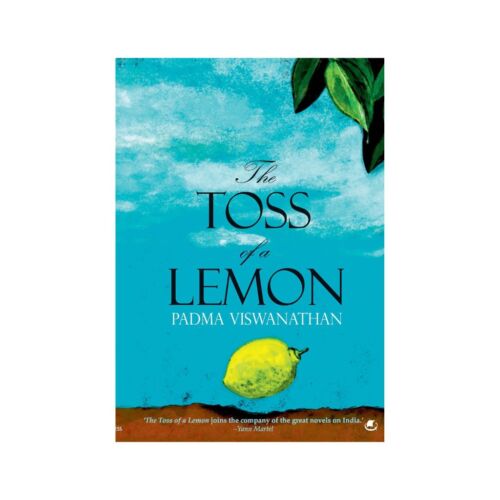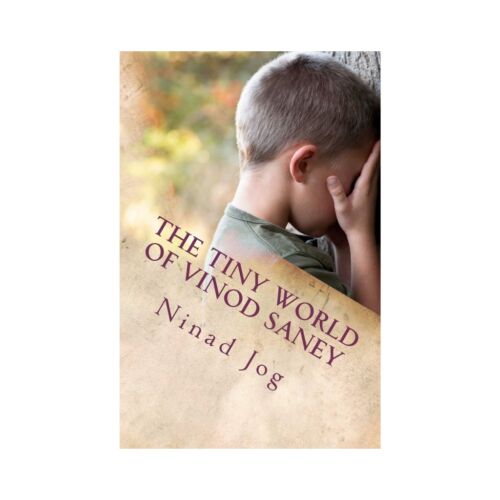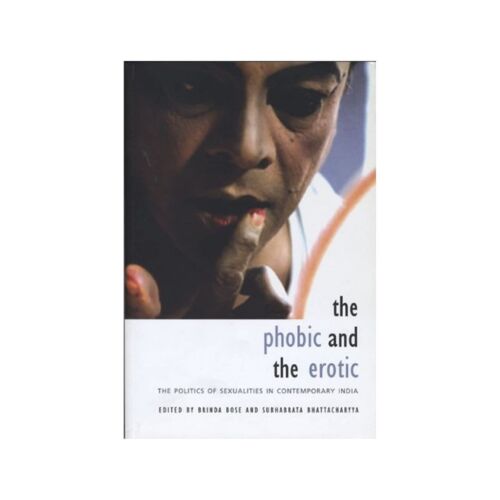The Queer Indian Publishing Industry
Books with:
- Central LGBTHQIA+ Indian character
- Central LGBTHQIA+ Indian theme
- Indian languages
Less than 1,000 books
Predictions for the Indian Publishing Industry in 2024 anticipate sustained growth, projecting an estimated market size of approximately 781 billion Indian rupees. Read more here.
We must scale up number the number of books with central Indian LGBTHQIA+ characters and themes ASAP!
but first, you must know the basics of publishing...
An ISBN is an International Standard Book Number. ISBNs were 10 digits in length up to the end of December 2006, but since 1 January 2007 they now always consist of 13 digits. ISBNs are calculated using a specific mathematical formula and include a check digit to validate the number.
Each ISBN consists of 5 elements with each section being separated by spaces or hyphens. Three of the five elements may be of varying length:
- Prefix element – currently this can only be either 978 or 979. It is always 3 digits in length
- Registration group element – this identifies the particular country, geographical region, or language area participating in the ISBN system. This element may be between 1 and 5 digits in length
- Registrant element – this identifies the particular publisher or imprint. This may be up to 7 digits in length
- Publication element – this identifies the particular edition and format of a specific title. This may be up to 6 digits in length
- Check digit – this is always the final single digit that mathematically validates the rest of the number. It is calculated using a Modulus 10 system with alternate weights of 1 and 3.
What is an ISBN used for?
An ISBN is essentially a product identifier used by publishers, booksellers, libraries, internet retailers and other supply chain participants for ordering, listing, sales records and stock control purposes. The ISBN identifies the registrant as well as the specific title, edition and format.
What does an ISBN identify?
ISBNs are assigned to text-based monographic publications (i.e. one-off publications rather than journals, newspapers, or other types of serials).
Any book made publicly available, whether for sale or on a gratis basis, can be identified by ISBN.
In addition, individual sections (such as chapters) of books or issues or articles from journals, periodicals or serials that are made available separately may also use the ISBN as an identifier.
With regard to the various media available, it is of no importance in what form the content is documented and distributed; however, each different product form (e.g. paperback, EPUB, .pdf) should be identified separately.
You can find examples of types of qualifying products and more information about the scope of the ISBN here.
ISBNs, the law and copyright
The ISBN is an identifier and does not convey any form of legal or copyright protection. However, in some countries the use of ISBN to identify publications has been made into a legal requirement.
Who should apply for ISBN?
It is always the publisher of the book who should apply for the ISBN. For the purposes of ISBN, the publisher is the group, organisation, company or individual who is responsible for initiating the production of a publication. Normally, it is also the person or body who bears the cost and financial risk in making a product available. It is not normally the printer, but it can be the author of the book if the author has chosen to publish their book themselves.
In a number of countries there is detailed legislation regarding publishing so contact your national ISBN agency in good time for advice.
Traditional publishing refers to the process by which a manuscript is selected, edited, designed, produced, and distributed by a publishing company, often with the help of literary agents.
Here’s a detailed overview of the traditional publishing process:
- The author writes a manuscript, typically a novel or non-fiction book, and revises it multiple times to ensure it meets professional standards. This stage may involve feedback from beta readers, writing groups, or professional editors.
- Many authors seek representation from literary agents who specialise in their genre. Authors research agents, write query letters, and submit their manuscripts. If an agent is interested, they may request additional materials or offer representation.
- If represented by an agent, the manuscript is submitted to publishers for consideration. If not represented, the author may submit directly to publishers, following each publisher’s submission guidelines. Submissions typically include a query letter, a synopsis, and sample chapters.
- If a publisher is interested in the manuscript, they may offer to acquire the rights to publish it. Once the offer is accepted, the manuscript undergoes further editing with the publisher’s editorial team. This editing process may include developmental editing, line editing, and copyediting.
- The publisher’s design team creates the cover and interior layout of the book. This stage also involves decisions about paper quality, fonts, and other design elements. Advanced reader copies (ARCs) may be produced and distributed for marketing.
- The publisher develops a marketing and publicity plan to promote the book. This may include author interviews, book signings, social media campaigns, advertising, and sending review copies to media outlets and influencers. Authors often play a role in promoting their books as well.
- The publisher arranges book distribution to retailers, wholesalers, and online platforms. This may involve printing physical copies and distributing e-books and audiobooks. Distribution channels include bookstores, libraries, online retailers, and speciality stores.
- The book is officially released to the public on its publication date. It becomes available through various channels, including brick-and-mortar bookstores, online retailers, and the publisher’s website.
- The publisher continues to support the book through ongoing marketing efforts, distribution, and sales. Authors may also engage in book tours, speaking engagements, and other promotional activities to sustain interest in their work.
- Authors receive royalties based on book sales, typically paid semi-annually. Royalty rates vary depending on format (hardcover, paperback, e-book), sales volume, and contractual terms. Advances against royalties, which are upfront payments to the author before publication, may also be offered by the publisher.
Self-publishing allows authors to publish their books without the involvement of traditional publishing houses.
Here is an overview of the self-publishing process:
- The author completes the writing and revises the manuscript. It’s crucial to ensure the manuscript is polished and ready for publication, which may involve hiring professional editors, proofreaders, and cover designers.
- The manuscript needs to be correctly formatted for publication, which includes formatting the text for print and/or ebook formats, designing the layout, and ensuring proper pagination and margins.
- A professional cover design is essential for attracting readers. Authors can hire cover designers or use self-publishing platforms that offer cover design tools and templates.
- Authors have several options for self-publishing platforms, including Amazon Kindle Direct Publishing (KDP), IngramSpark, Smashwords, and others. Each platform offers different features, distribution channels, and royalty structures.
- Authors upload their formatted manuscript and cover design files to the self-publishing platform of their choice. They also provide metadata such as title, author name, book description, keywords, and categories.
- Once the book is uploaded, the self-publishing platform makes it available for sale through various distribution channels. This may include online retailers such as Amazon, Barnes & Noble, and Apple Books, as well as libraries and other outlets.
- Authors are responsible for marketing and promoting their books to attract readers. This may include building an author platform (website, blog, social media), running promotional campaigns, participating in book signings and events, and seeking reviews from readers and book bloggers.
- Authors earn royalties from book sales, typically monthly or quarterly. Royalty rates vary depending on pricing, distribution channels, and self-publishing platform terms.
- Many self-publishing platforms offer print-on-demand services, allowing authors to sell paperback copies without investing in large print runs. This reduces upfront costs and eliminates the need for inventory storage.
- Self-publishing gives authors complete control over their publishing process, including pricing, distribution, and rights management. Authors retain ownership of their work and can change or update their books anytime.
Copyright is a legal concept that grants authors and creators exclusive rights to their original works, allowing them to control how their work is used and distributed. In the context of authors, copyright protects literary works such as books, articles, poems, and other written content.
Here are the key aspects of copyright for authors:
- Copyright gives authors ownership over their original literary works when created and fixed in a tangible form (e.g., written down or saved on a computer). The author is typically the initial copyright holder, although rights can be transferred or licensed to others.
- Copyright grants authors several exclusive rights, including the right to reproduce their work, distribute copies, create derivative works (such as adaptations or translations), perform or display the work publicly, and control the moral rights associated with the work (such as attribution and integrity).
- Copyright protection lasts for a specific duration, depending on factors such as the country of origin and the type of work. In many countries, including the United States, copyright protection generally lasts for the author’s lifetime plus an additional period (e.g., 70 years after the author’s death).
- In some jurisdictions, Authors can register their works with a government copyright office for additional legal protection. While registration is not required to obtain copyright protection, it can provide certain benefits, such as filing a lawsuit for copyright infringement and seeking statutory damages and attorney’s fees.
- Although not mandatory in all countries, authors often include a copyright notice on their works to inform the public of their copyright ownership. A typical copyright notice includes the © symbol (or the word “Copyright”), the author’s name, and the year of first publication (e.g., © John Doe 2024).
- Copyright law includes limitations and exceptions that allow for using copyrighted works without the author’s permission under certain circumstances. For example, fair use (or fair dealing) provisions permit limited use of copyrighted material for purposes such as criticism, commentary, news reporting, education, and research.
- Authors can enforce their copyright by taking legal action against individuals or entities that infringe on their exclusive rights without authorisation. Remedies for copyright infringement may include injunctions, monetary damages, and seizure of infringing copies.
There are several different types of book editing, each serving a specific purpose in the overall editorial process.
The main types of editing are:
- Developmental Editing: Also known as content editing or substantive editing, developmental editing focuses on the overall structure, content, and organisation of a manuscript. Editors provide feedback on plot development, character arcs, pacing, themes, and narrative coherence. This type of editing often involves substantial revisions and may occur early in the writing process.
- Line editing involves a more detailed manuscript review at the sentence and paragraph level. Editors focus on improving clarity, flow, and readability by addressing issues such as awkward phrasing, repetition, word choice, and sentence structure. Line editing enhances the writing style while preserving the author’s voice.
- Copyediting focuses on correcting errors and inconsistencies in grammar, punctuation, spelling, and syntax. Editors also check for consistency in style, formatting, and adherence to editorial guidelines (e.g., Chicago Manual of Style, AP Stylebook). Copyediting ensures that the manuscript is polished and free of technical errors before publication.
- Proofreading is the final editing stage, conducted after the manuscript has been formatted for publication. Proofreaders carefully review the typeset pages or digital proofs to catch any remaining spelling, punctuation, formatting, or layout errors. Proofreading ensures the book is error-free before it goes to print or is published online.
- Content editing focuses on the substance and structure of the manuscript, addressing issues such as plot holes, character development, and pacing. Content editors provide feedback and suggestions to strengthen the narrative and engage readers more effectively.
- Structural editing involves evaluating the overall structure and organisation of the manuscript, including the arrangement of chapters, sections, and scenes. Structural editors may suggest changes to improve the narrative’s flow, coherence, and impact.
- Fact-checking involves verifying the accuracy and reliability of factual information presented in the manuscript, especially in non-fiction works. Fact-checkers research and confirm details, dates, names, quotations, and other factual elements to ensure their correctness.
- Indexing creates an alphabetical list of keywords, names, and topics referenced in the book, along with corresponding page numbers. Indexing helps readers navigate the content and locate specific information more quickly, particularly in non-fiction books.
Here are some of the most common formats:
- Hardcover books have rigid covers of thick cardboard wrapped in cloth, leather, or paper. Hardcover books are durable and often used for special editions, gift books, and collectables.
- Paperback books have flexible covers made of paper or cardstock. They are typically less expensive to produce than hardcovers and are popular for mass-market editions, including novels, non-fiction, and trade paperbacks.
- Mass-market paperbacks are smaller, more affordable paperback editions designed for wide distribution and mass-market retail outlets. They are often printed on lower-quality paper and are commonly used for fiction genres such as romance, mystery, and science fiction.
- Trade paperbacks are larger and higher-quality paperback editions, often used for literary fiction, non-fiction, and speciality books. They have better paper and print quality than mass-market paperbacks and are commonly found in bookstores and online retailers.
- E-books, or electronic books, are digital editions of printed books that can be read on e-readers, tablets, smartphones, and computers. E-books are available in various file formats, such as EPUB, MOBI, PDF, and AZW, and they offer features such as adjustable font size, search functionality, and bookmarking.
- Audiobooks are recordings of narrators reading the text of a book aloud. They are available in digital formats (e.g., MP3, AAC) for download or streaming and in physical formats such as CDs and audiocassettes. Audiobooks are popular for multitasking and for readers with visual impairments.
- Graphic novels and comic books combine text and illustrations to tell stories visually. They are available in various formats, including single issues (pamphlets or floppy), collected editions (trade paperbacks or hardcovers), and digital formats (e.g., digital comics).
- Enhanced e-books include multimedia elements such as audio, video, animations, and interactive features. They offer an immersive reading experience and are commonly used for children’s books, educational materials, and multimedia publications.
- Large print books have larger-than-normal text sizes and wider margins, making them easier for individuals with visual impairments or other reading difficulties. Large print editions are available for many popular titles across different genres.
- Limited edition books are special editions produced in a limited quantity, often with unique features such as signed copies, special covers, illustrations, or additional content. Collectors and fans often seek them out.
- These are just a few examples of the various book formats available to readers and publishers. The choice of format depends on factors such as audience preferences, publishing goals, distribution channels, and production considerations.
Emerging writers should understand the publishing industry well to navigate it effectively.
Here are some key aspects to know:
- Understand the differences between traditional publishing, where a publishing house produces and distributes your book, and self-publishing, where you oversee the entire process yourself. Each route has its benefits and challenges.
- Learn about literary agents and their role in the traditional publishing process. Agents represent authors and help them secure book deals with publishers—research reputable agents specialising in your genre and learn how to query them effectively.
- Familiarise yourself with different publishing houses and their imprints. Research the types of books they publish, submission guidelines, and recent releases to find the best fit for your work.
- Understand how to prepare and submit your manuscript to literary agents or publishers. This includes formatting guidelines, query letters, synopses, and sample chapters.
- Recognise the importance of professional editing and revision in publishing. Understand the different editing stages, including developmental editing, line editing, and copyediting, and be open to feedback from editors and beta readers.
- Educate yourself about publishing contracts and royalty structures. Understand the terms and clauses typically found in publishing agreements, including advances, royalties, rights, and option clauses.
- Authors are often expected to participate in marketing and promotion efforts to help sell their books. Familiarise yourself with book marketing strategies, including social media, author websites, book signings, and virtual events.
- Learn about book distribution channels and how books are sold to retailers and readers. Understand the importance of distribution in reaching your target audience and maximising sales potential.
- Stay informed about current trends and developments in the publishing industry, including changes in consumer behaviour, emerging technologies, and new publishing models. Adapt your approach accordingly to stay competitive.
- Build relationships with other authors, industry professionals, and organisations within the publishing community. Networking can provide valuable support, advice, and opportunities for collaboration. Maintain a professional attitude and reputation in all your interactions within the industry.
Writing about queer India requires sensitivity, understanding, and a nuanced approach to capture the complexities of queer experiences in the Indian context.
You must consider and be very familiar with these aspects of LGBTHQIA+ India:
- Cultural Context
- Intersectionality
- Representation
- Challenges and Struggles
- Resilience and Agency
- Legal Landscape
- Language and Terminology
Hey!
I am Shobhna S. Kumar
Having immersed myself in the LGBTHQIA+ community in India for over two decades, I’ve become acutely aware of the glaring absence of queer Indian voices in literature.
In response to this pressing need, we’ve introduced Queer Ink Swabhimaan, a fresh imprint devoted to filling this void by significantly amplifying the publication of books authored by LGBTHQIA+ Indians, showcasing their diverse narratives across both fiction and non-fiction genres.
Queer Ink Swabhimaan is more than just a publishing venture; it’s a commitment to nurturing and empowering queer writers. Beyond merely printing books, we’re dedicated to guiding these writers in honing their craft and entrepreneurial skills, empowering them to not only share their stories but also thrive financially.
Through the innovative approach of Authorpreneurship, we seek to offer:
- Unrestricted creative expression and autonomy,
- Genuine and nuanced representation of LGBTHQIA+ Indian experiences,
- Financial independence and control over one’s work,
- Access to a global audience,
- Personal investment in developing writing skills and entrepreneurial acumen.
I’m excited about the prospect of collaborating with you to bring your unique queer Indian stories to life and the world. Let’s work together to open up new possibilities for publication and expression.
Become a financially successful queer Indian Writer
Rs 1,000.00 per one-hour session
Learn at your own pace.
Authorpreneur Competency Self-Assessment Questionnaire
Competency 1
Writing Skills
Explore Your writing style.
Competency 2
Editing > Develop your ability to receive feedback
The success of your book
Competency 3
Financials
Funding
Competency 4
legal compliance
Read the fine print
Competency 5
Publishing Paths
Discuss pros and cons
Book Production
Competency 6
How will you present your book to your reader?
Work with professionals
Competency 7
Marketing and promotions
Networking...
Sell Your Book
Competency 8
Sales and distribution
Global distribution
Competency 9
explore multiple streams of income
create several streams of income based on your book.
Competency 10
Review
Congratulations!
Learn at your own pace.
Formal Contact hours
Showing 1–12 of 72 resultsSorted by latest


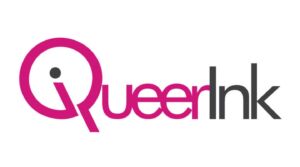
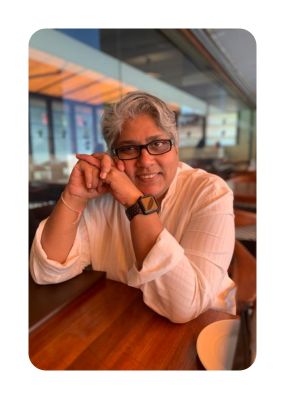
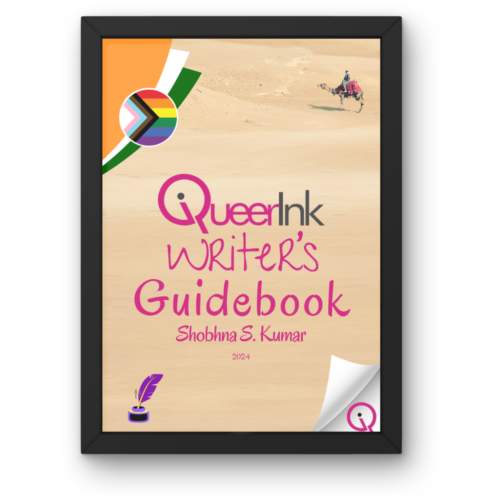
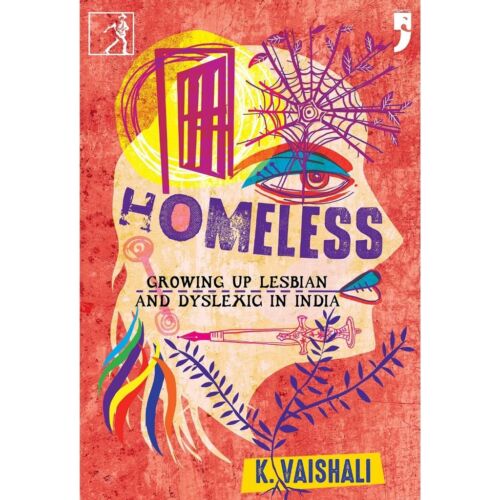
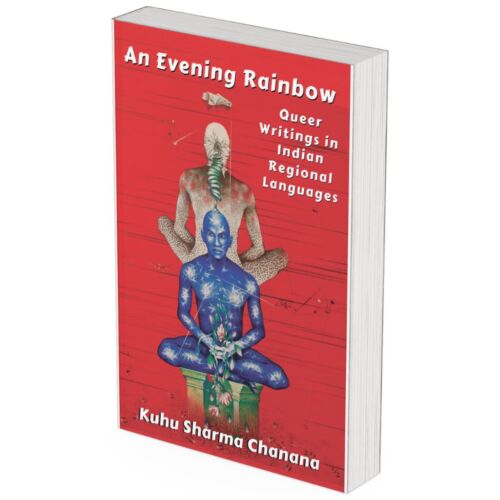
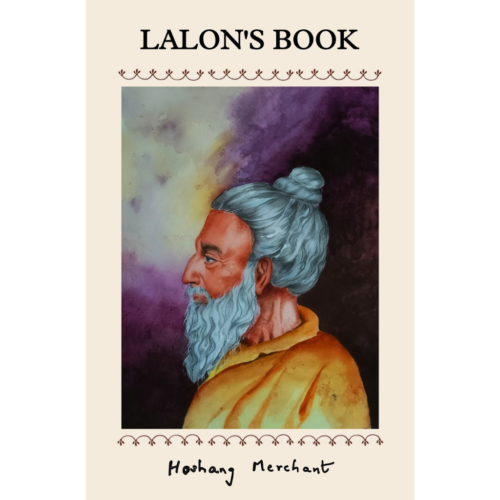

![In The Third Gender [Marathi]](https://queer-ink.com/wp-content/uploads/2023/12/5.-ITTW.sign_1024x1024-500x500.jpg)



